Description

List of the 5 largest housing cooperatives in Germany
Housing cooperatives emerged at the end of the 19th century as self-help institutions to remedy the often desolate housing situation in large cities. In the Weimar Republic and after World War II, there was a real cooperative boom. In the meantime, the old idea is experiencing a renaissance again.
1. Wohnungsgenossenschaft Aufbau Dresden eG, Dresden
WG Aufbau Dresden was already the largest housing cooperative in the GDR. It was formed by the merger of a whole series of so-called workers’ housing cooperatives (abbreviated to AWGs) in the Elbe metropolis during the GDR era. The nucleus was a company AWG of Sachsenwerk Niedersedlitz founded in 1954. The housing estates of WG Aufbau Dresden are located close to the historic city center between the Elbe and the Großer Garten and in the east of Dresden. Even after reunification, WG Aufbau Dresden has retained its top position among German housing cooperatives.
Update 2023: In the future, 8500 apartments of the cooperative will be supplied with high-performance Internet connections via fiber optics. The project is expected to be completed by the end of May 2026 and will be implemented in cooperation with the regional energy supplier Sachsenenergie.
2. Wohnungsbau-Genossenschaft Kontakt e.G., Leipzig
After the municipal housing and construction company Leipziger Wohnungs- und Baugesellschaft, WBG Kontakt is the largest housing provider in the old trade fair city. However, the cooperative sees itself not only as a pure housing service provider but also as a provider of social and medical services. The housing stock is spread across all 23 districts of Leipzig as well as the communities of Zwenkau, Böhlen and Hartha to the south and southeast of the city. The cooperative has over 200 employees for facility management, maintenance, renovation and other services.
3. NEUE LÜBECKER Norddeutsche Baugenossenschaft eG, Lübeck
NEUE LÜBECKER was founded in 1949 and initially limited its activities to housing in Lübeck. By merging with other housing cooperatives, the geographic area of activity expanded more and more. Today, NEUE LÜBECKER covers Hamburg, Schleswig-Holstein and Mecklenburg-Western Pomerania. It is thus the largest housing cooperative in northern Germany. The cooperative operates service centers in the cities with the largest housing stocks Lübeck, Ahrensburg, Elmshorn and Schwerin and employs over 160 people.
4. Bauverein der Elbgemeinden eG, Hamburg
Bauverein der Elbgemeinden eG was founded on August 11, 1899. The housing shortage in the Hanseatic city, the often untenable living conditions – which caused a devastating cholera epidemic in 1892 – and the housing needs of the families to be relocated from the new free port warehouse district provided the impetus. The Bauverein experienced strong growth after World War 2, in which Hamburg was severely destroyed. In 1948, the cooperative had just under 500 apartments; by the end of the 1950s, it already had 3,000. Today, Bauverein is one of the largest housing cooperatives in northern Germany.
Update 2024: 83 apartments plus communal areas will be completed on Schlicksweg in Barmbek in 2024. In addition, 43 apartments are being built on Strandkai in HafenCity, which are due to be completed this year. The housing stock of the building cooperative will therefore continue to expand steadily.
5. Wohnungsgenossenschaft “Glückauf” Süd Dresden e. G., Dresden
The “Glückauf” Süd Dresden housing cooperative – WGS for short – was founded on March 10, 1955. It was originally a workers’ housing cooperative (AWG) – a special form possible in the GDR for employees of companies or institutions for cooperative housing. Alongside the Aufbau Dresden housing cooperative, WGS is the second major housing cooperative in the Elbe metropolis. WGS primarily manages apartments it has built itself, as well as commercial units and garages. The company’s own subsidiary Handwerkerhof “Glückauf” Süd Dresden GmbH is responsible for maintenance.
Picture source: Brandon Griggs via Unsplash (03.07.2023)

Building Cooperatives Germany
Building cooperatives (or Bauvereine) are an important part of the German real estate market. In many cities, the majority of housing is owned by cooperative associations, some of which also manage third-party property and are responsible for numerous large-volume construction projects. Our list of the most important housing cooperatives in Germany provides easy access to the key players. The database is available for immediate download and can be sorted, filtered and edited according to your requirements. The overview includes contact details as well as information on the housing stock.
Easy access to building associations & co.
Housing cooperatives and building associations have a long tradition in Germany. They have been creating affordable housing for their members since the end of the 19th century and play an important role in the real estate industry. However, until now there has been no comprehensive overview of these players, making it difficult to approach them. With our list of the largest municipal and cooperative housing companies, we have changed that. The database is perfect for approaching the companies and saves you hours of research.
Various lists in the housing sector
In addition to building cooperatives, municipal housing associations are also relevant players when it comes to affordable housing. In Berlin, Frankfurt and other major German cities in particular, they play an important role in the local housing market. For some years now, they have been increasingly in the spotlight again and are in demand among construction companies, financing partners, urban planners and more. Since building cooperatives and housing associations are similar in their work but have a different corporate structure, we have created separate lists for the two types of housing associations. Therefore, you may also be interested in our list of housing companies Germany.
Included information in our list
- Contact details (address, e-mail address, phone number, URL)
- Names of the management
- Serial letter suitable for addressing the management (e.g. “Dear Dr. Müller”)
- Number of own stock of apartments, commercial properties and garages
- Does the company operate new construction projects? (Yes / No)
- Is the company active in third-party management? (Yes / No)
Picture source: Breno Assis via Unsplash (03.07.2023)
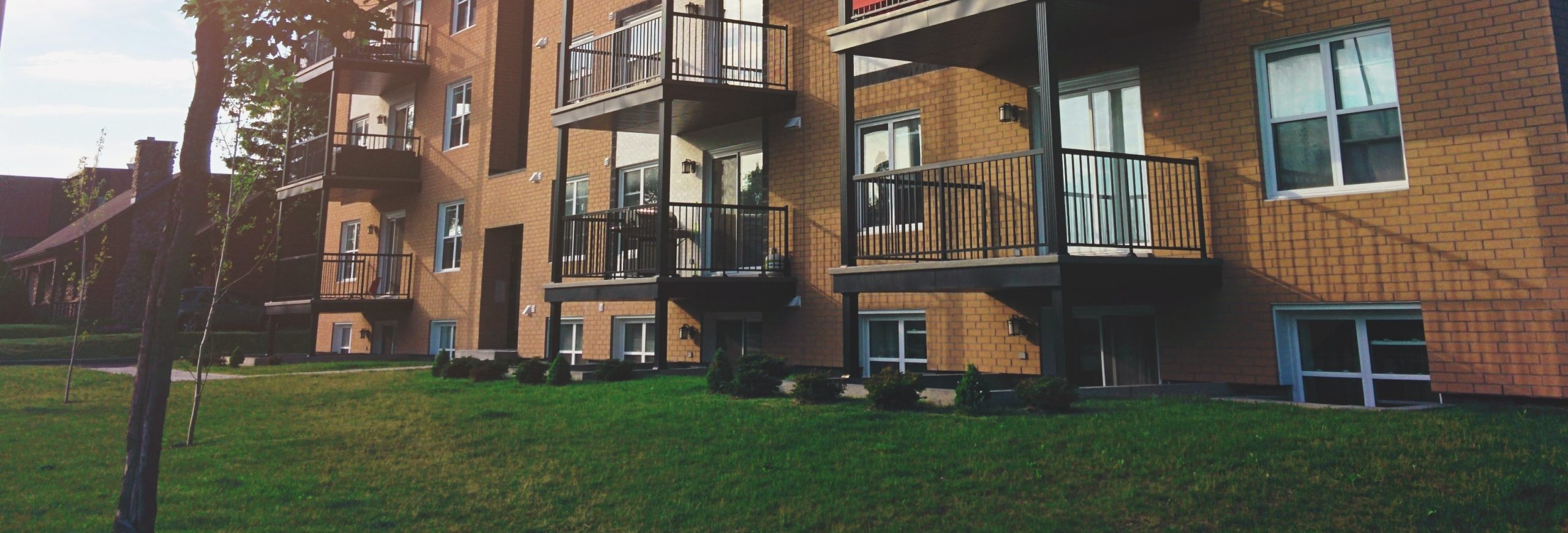
Cooperative Associations in Germany up to the 20th Century
Victor Aimé Huber was the ideological father of housing cooperatives and encouraged their foundation as a self-help institution to combat the housing shortage. The first housing cooperative was founded in 1862 as Häuserbau-Genossenschaft zu Hamburg and continues to exist today as Allgemeine Deutsche Schiffszimmerer Genossenschaft. The idea of housing cooperatives is thus far more than 150 years old. Originally, they were founded by members of the middle or upper classes, as the industrial workers concerned often did not have the necessary capital resources to undertake such building projects. The establishment of housing cooperatives gained momentum when the Cooperative Law was amended in 1889 to provide for limited liability of members. In advance, members had unlimited private liability for the economic success of a cooperative, too high a risk for many.
Development from the 20th century
At the end of the First World War, 1400 building cooperatives existed.In the twenties there was a great housing shortage as a product of displacement and war damage, thus by 1928 the number of housing cooperatives increased to over 4000. Now, however, often financed and organized by those seeking housing, in contrast to the previous century. During the Nazi period, the housing cooperatives were forcibly merged and placed under National Socialist leadership, so the number of cooperatives dropped dramatically.In 1949 there was a stock of about 1600 housing cooperatives, these also with fewer members than in the pre-war period.From then on, the path of cooperatives differed between West and East Germany.In the West, they represented a popular vehicle for reconstruction and participated actively in it, alongside private owners and public housing associations and supported by loans and credits from the federal government. This policy continued into the 1980s, when the situation in the housing market gradually eased. In the GDR, the cooperatives were transformed into workers’ housing cooperatives and provided housing for the large industrial combines. In doing so, however, they took into account the financial and material assets of their future residents. In the GDR, there was a further concentration of these AWGs and old cooperatives, which are still among the largest housing cooperatives today. After reunification, the number of cooperatives remained roughly constant at around 2000 nationwide, with many East German cooperatives having to reconstitute themselves as a result of changes in the law. Today, major structural differences between West and East Germany are becoming apparent. For example, although 60% of housing cooperatives exist in West Germany, the number of apartments is almost identical in both parts of the country. This means that living in cooperatives is much more important than in the West, with 12% of all apartments in East Germany compared to 4%.
Current situation of housing cooperatives in Germany
The number of cooperatives declined until the year 2000, when one can speak of a renaissance of the cooperative idea. Especially in the large metropolises of the republic, cooperative building is once again in high demand. According to a media report from Munich, however, it is primarily for the educated middle classes, and they also prefer small or micro-projects.In this way, several parties join together to manage the construction of a neighborhood or apartment building.A trend that is emerging is the cooperation between the classic building cooperatives and smaller building communities in order to manage large projects such as entire neighborhoods. One example is the Baakendocks, a large-scale project in Hafencity, which, in addition to the traditional cooperatives HANSA and Bauverein der Elbgemeinden, is also being managed by Baugemeinschaft Tor zur Welt, a cooperative that was only founded in 2014 with the sole aim of creating affordable and socially acceptable housing in the area.The cooperation between housing cooperatives in the construction and development of areas, especially in the metropolises has become necessary in order to be able to pay prices in line with the market in often very overheated markets. Today, cooperatives continue to have a major impact on the real estate market throughout Germany. There are 2.2 million such apartments throughout Germany and they give five million people a home. One in ten rental apartments is part of a cooperative, and given the model’s current appeal, it’s safe to assume that this number will continue to rise.
Picture source: Sigmund via Unsplash (03.07.2023)

Any questions? Get in touch!
Leo Semmelmann, Founder
contact [at] researchgermany.com
+49 (0) 89 92927741
We are looking forward to help you in case of any questions, remarks and individual requests. Feel free to get in touch via email, live chat or phone. We can also offer you package prices and can create individual lists.


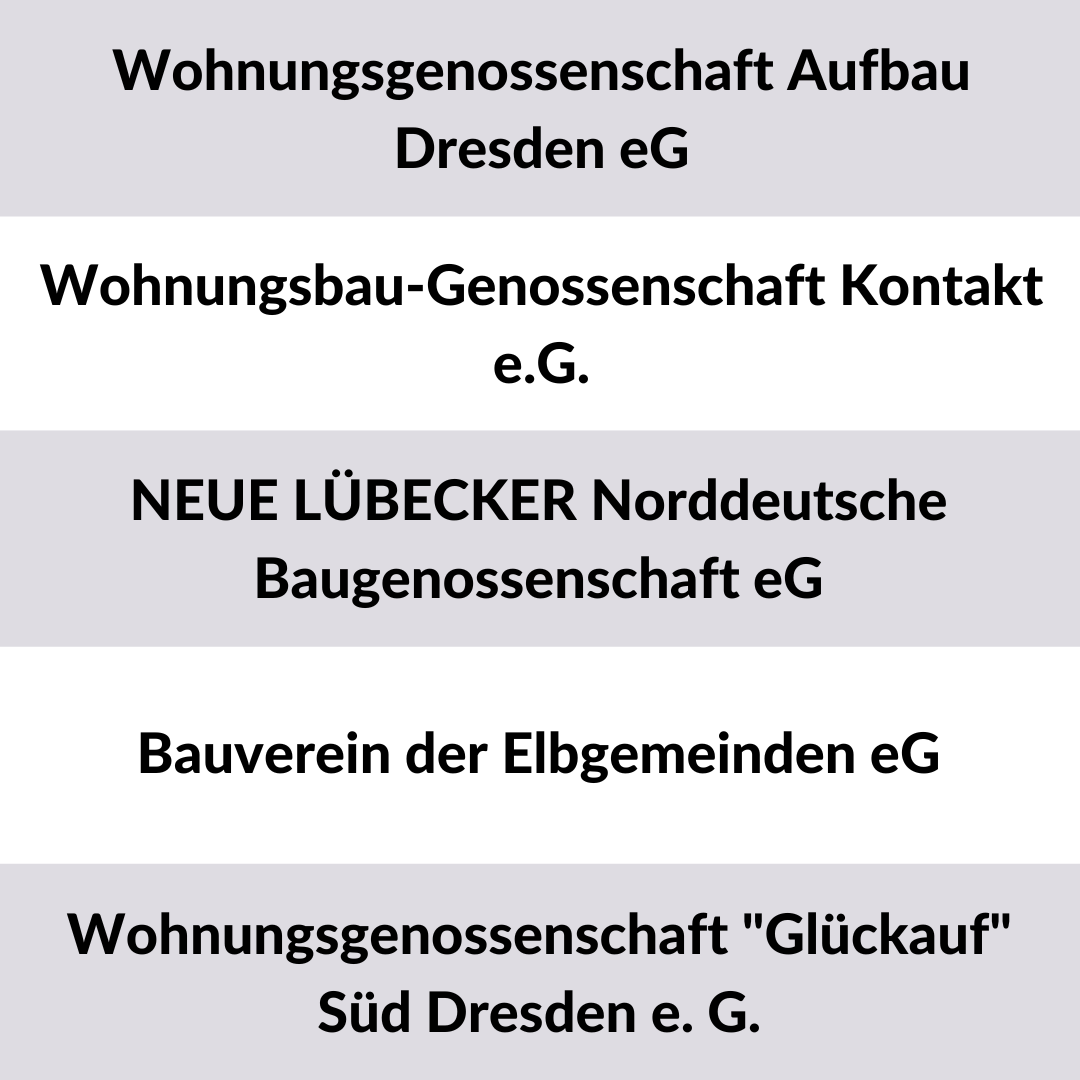
 Contains the 500 largest housing cooperatives from Germany incl. valuable information on the business activity.
Contains the 500 largest housing cooperatives from Germany incl. valuable information on the business activity.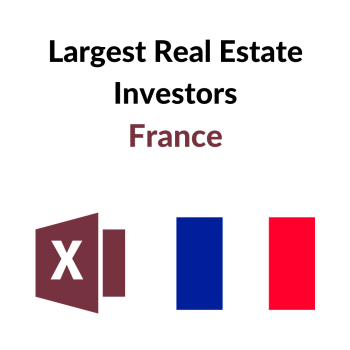
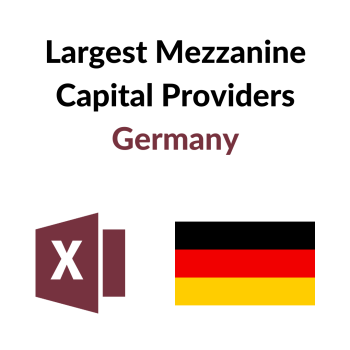

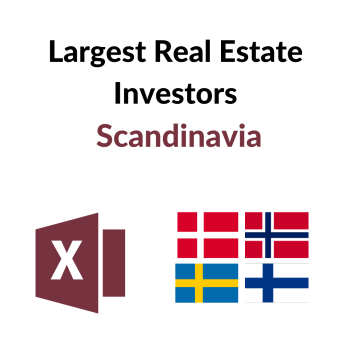
Alejandro Garcia –
Thank you for this high quality list. It really gives a good overview over the sector which helped me a lot.